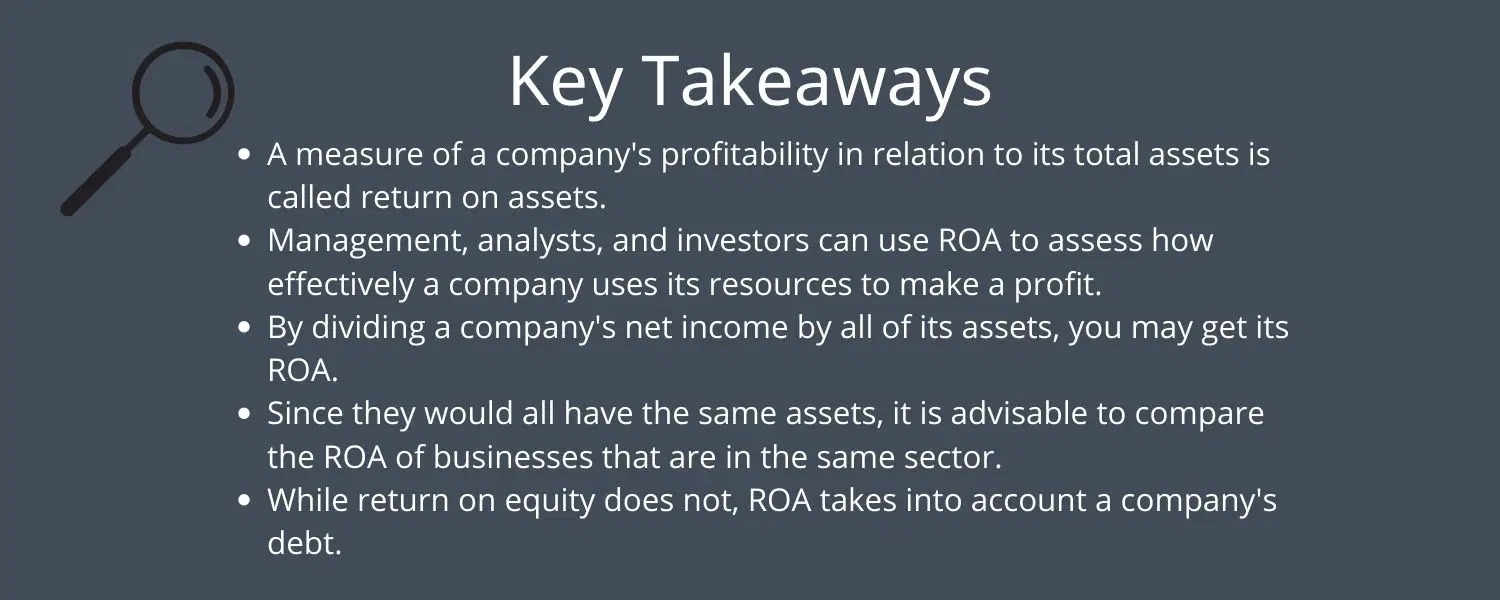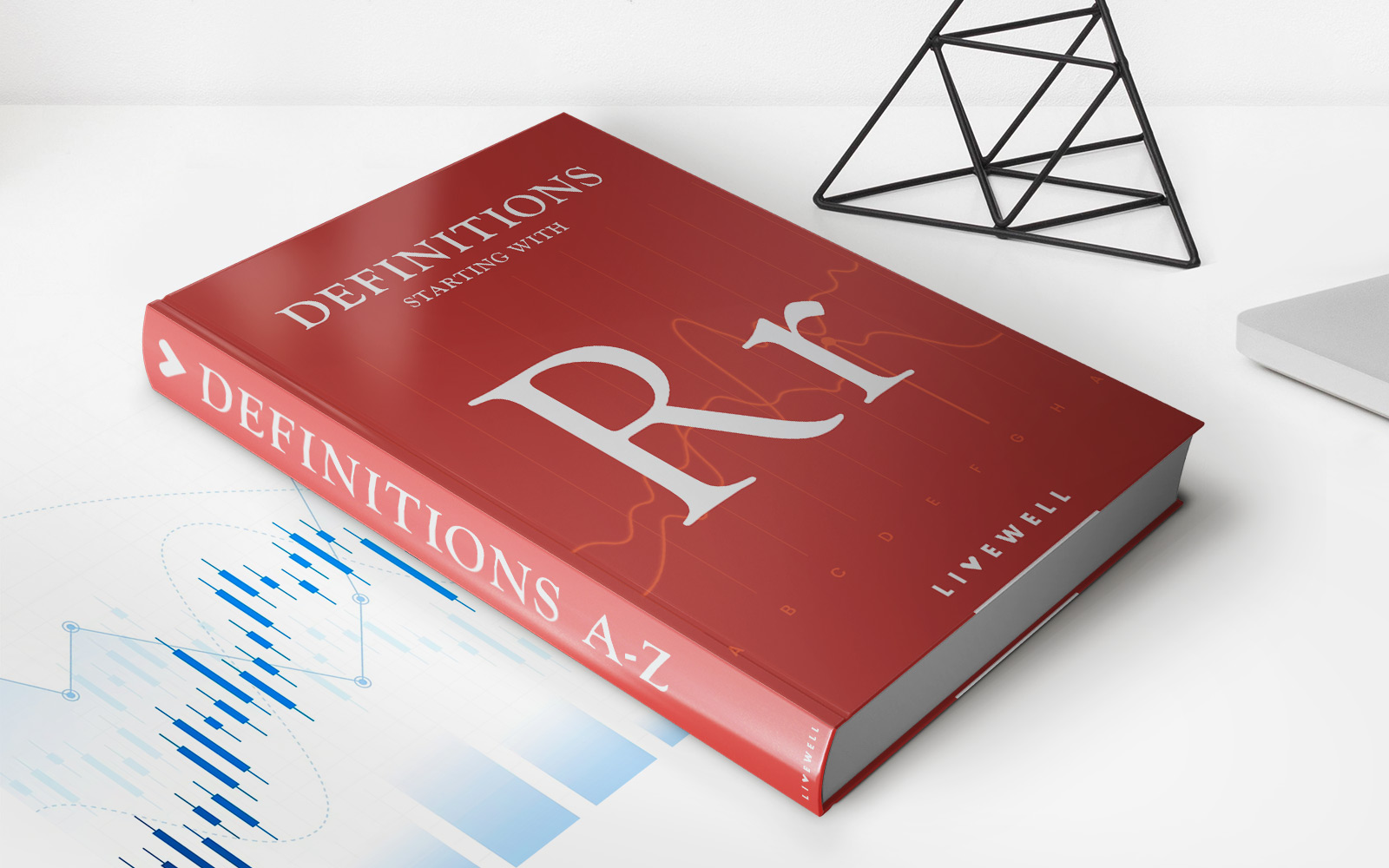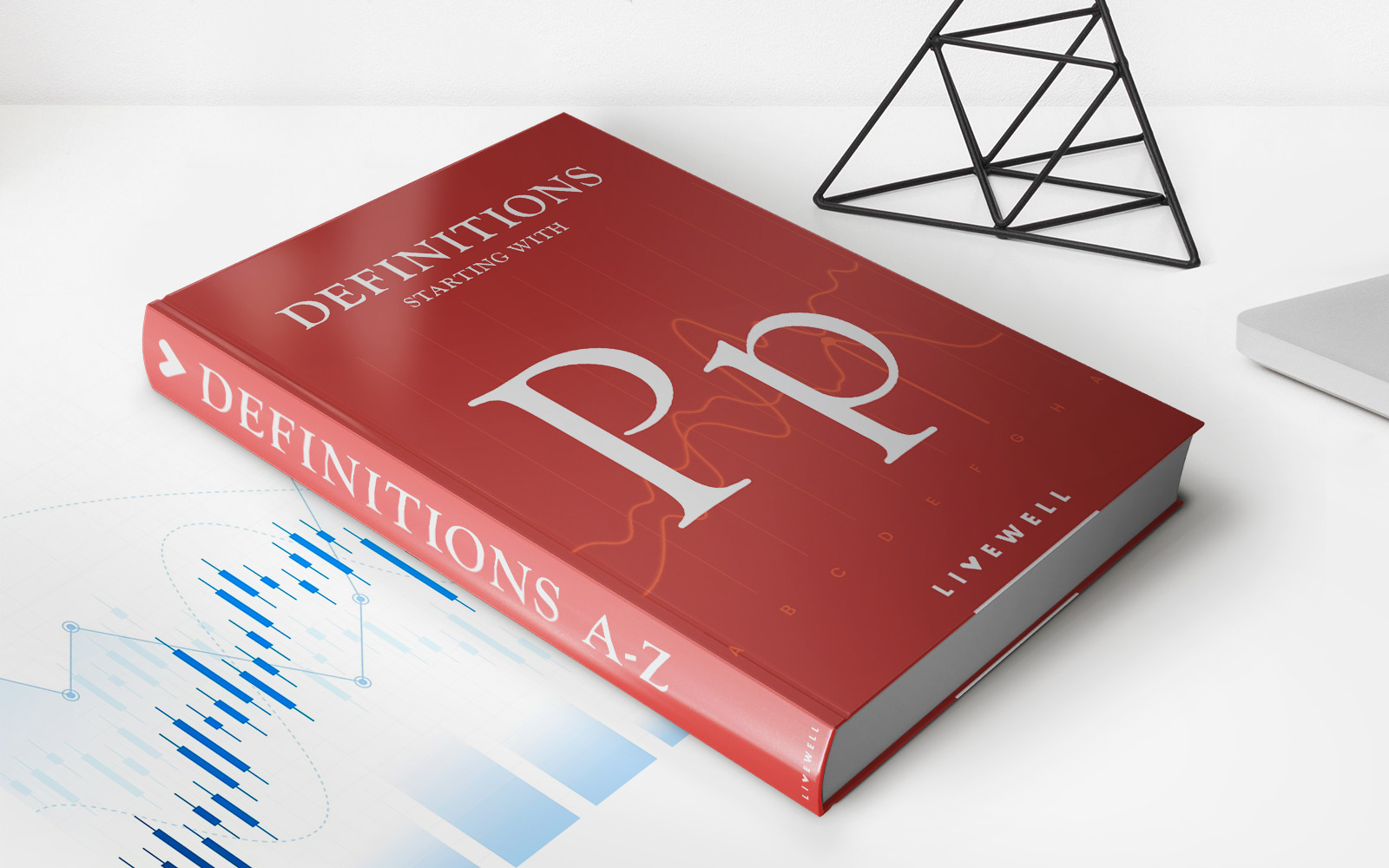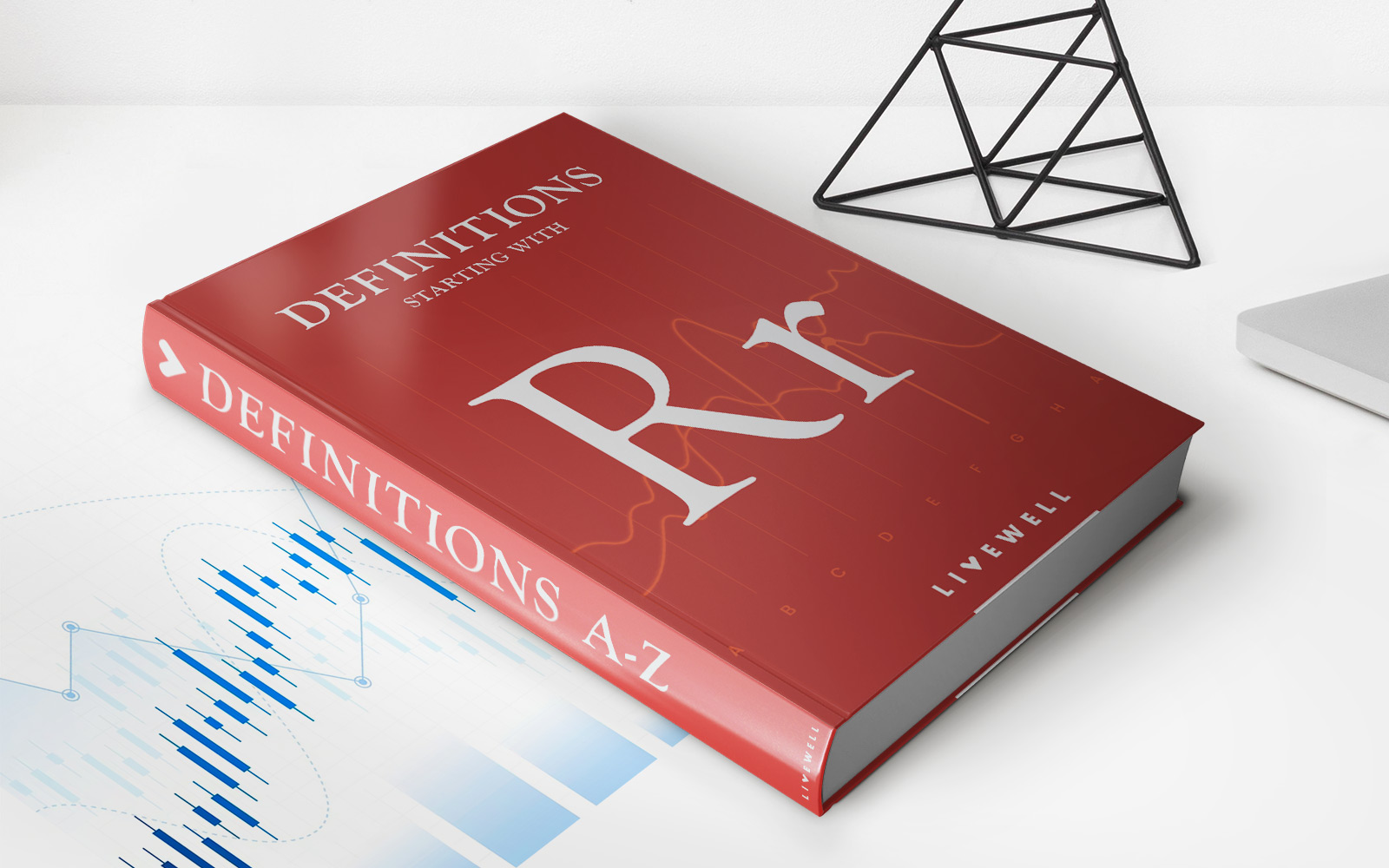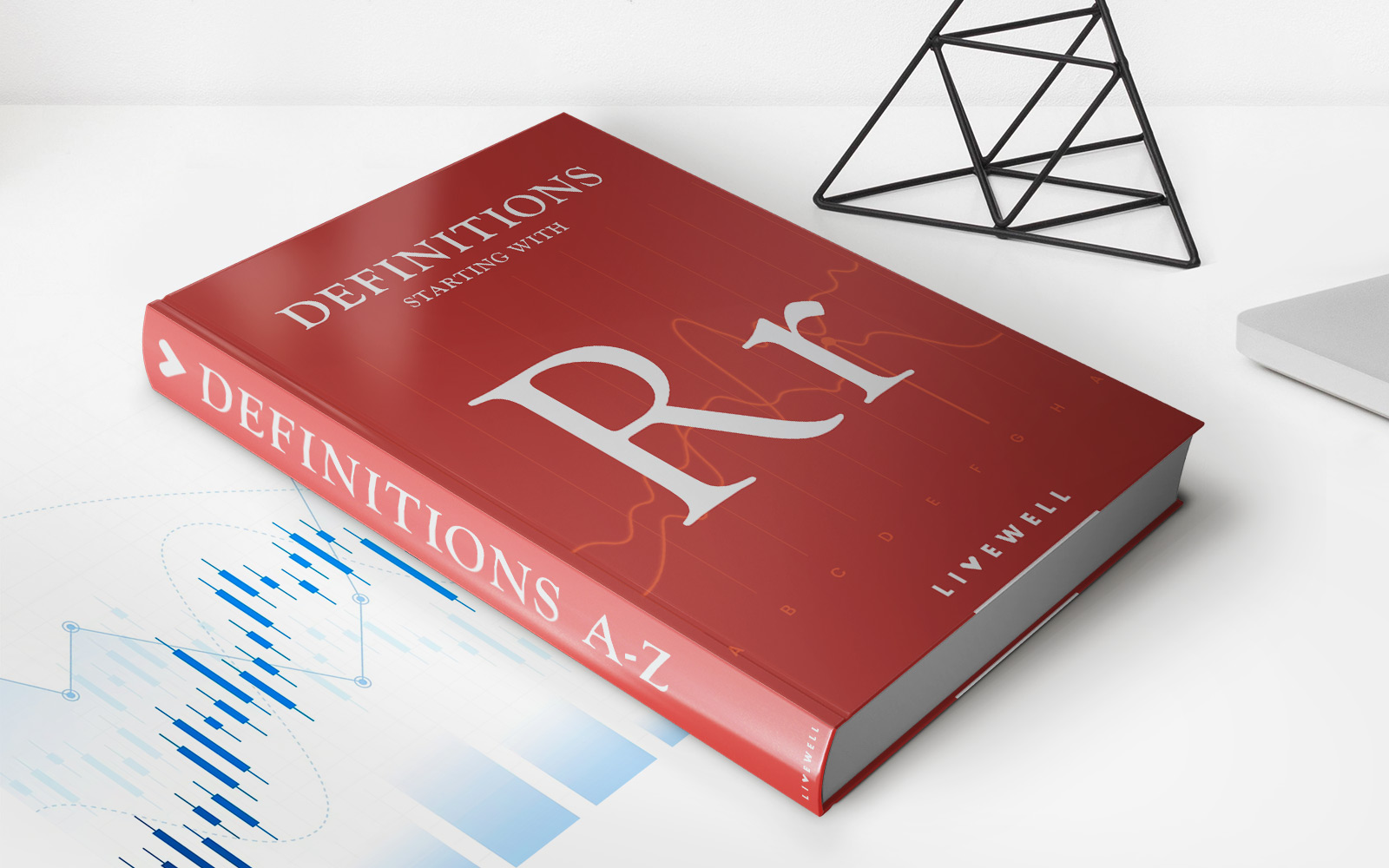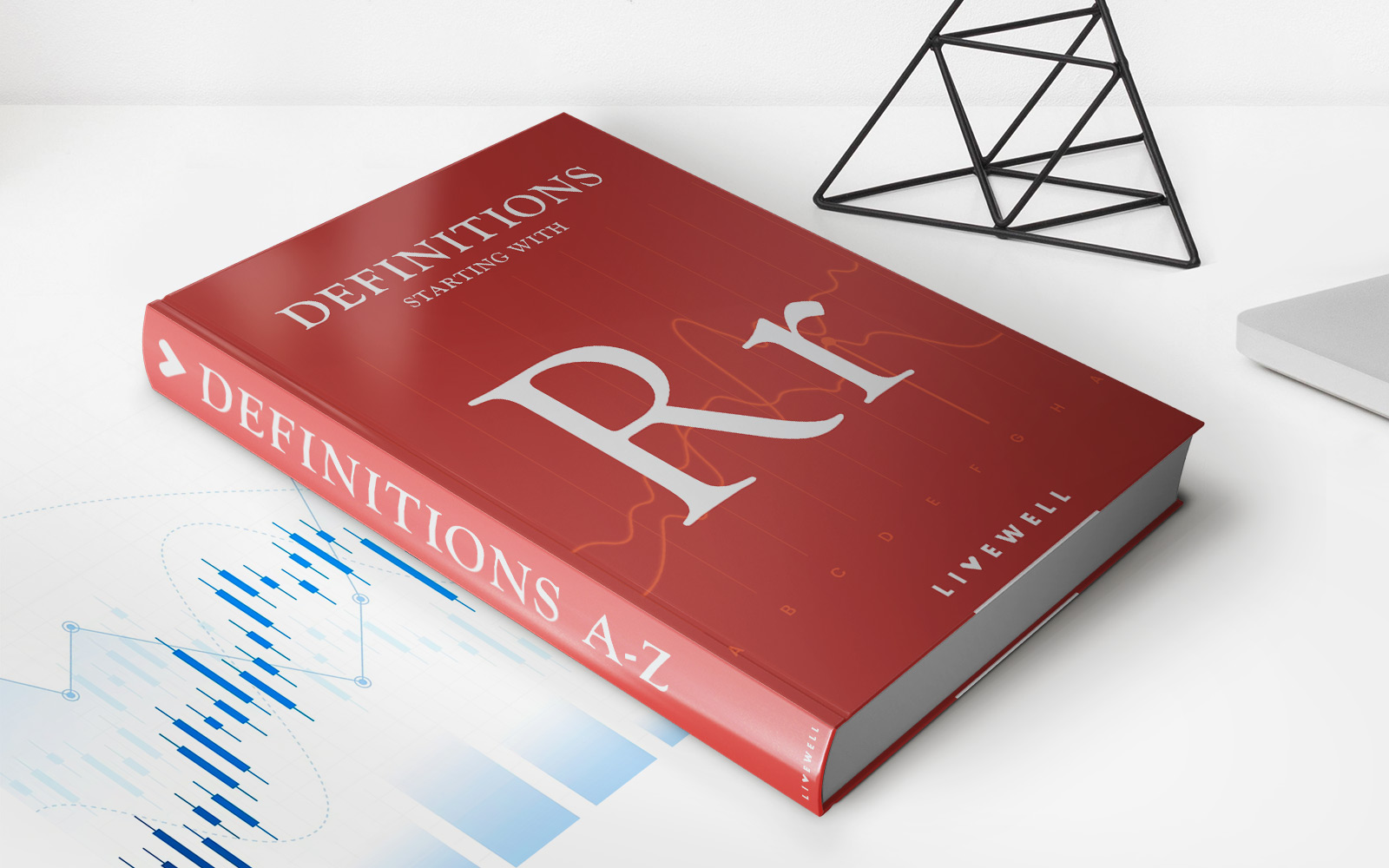Home>Finance>Return On Average Assets (ROAA): Definition And How It’s Used
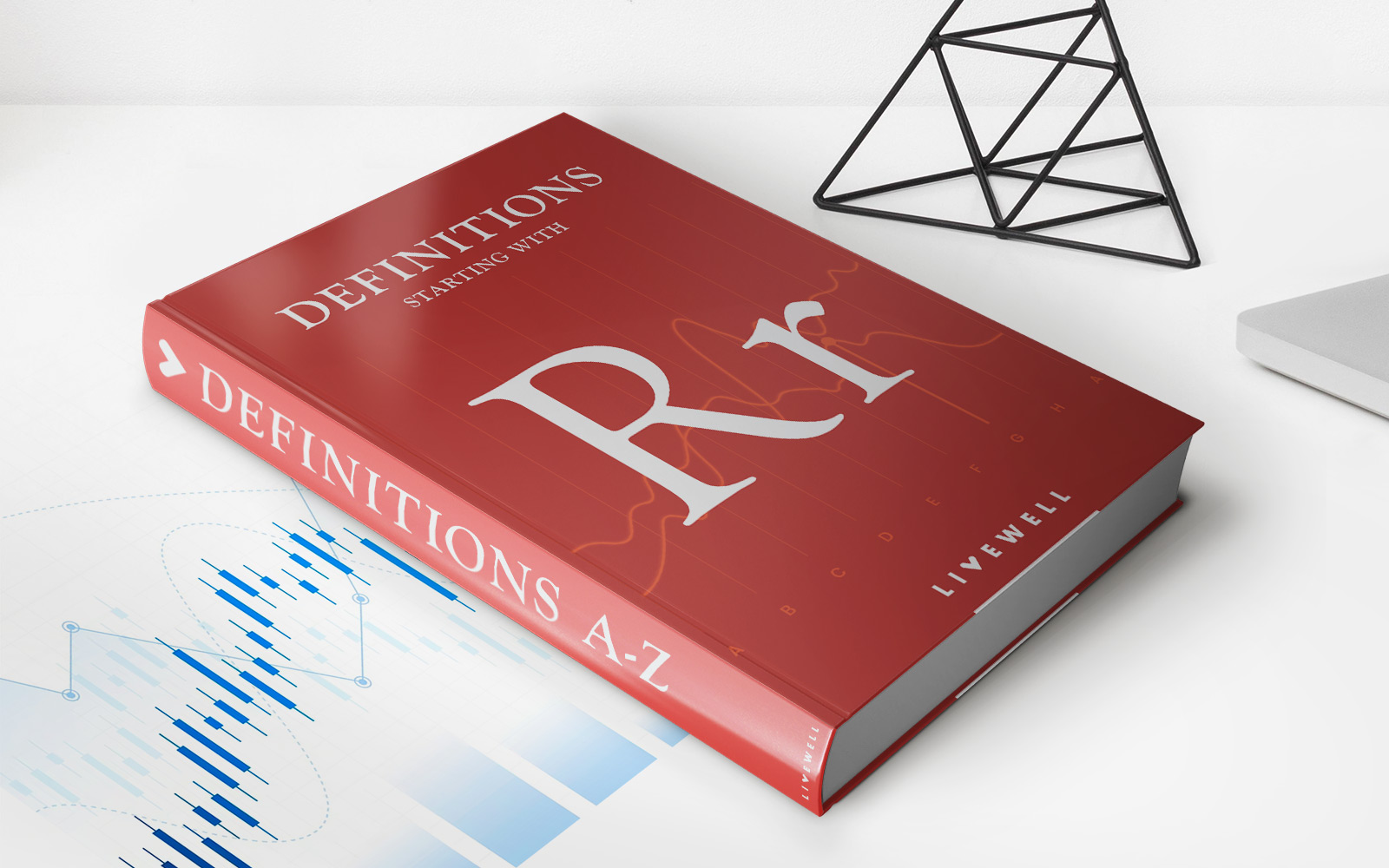

Finance
Return On Average Assets (ROAA): Definition And How It’s Used
Published: January 20, 2024
Learn about Return on Average Assets (ROAA), a key financial metric in the world of finance. Discover how ROAA is defined and how it's utilized to evaluate the profitability and efficiency of companies.
(Many of the links in this article redirect to a specific reviewed product. Your purchase of these products through affiliate links helps to generate commission for LiveWell, at no extra cost. Learn more)
Return on Average Assets (ROAA): Definition and How It’s Used
Do you want to understand how a company’s assets are performing and how efficient they are in generating profits? Look no further than Return on Average Assets (ROAA). ROAA is a crucial financial metric that measures a company’s profitability in relation to its total assets. In this blog post, we will dive into the definition of ROAA and explore how it is used to assess the financial health and performance of a business.
Key Takeaways:
- Return on Average Assets (ROAA) measures a company’s profitability in relation to its total assets.
- ROAA is a vital financial ratio used by investors, analysts, and lenders to evaluate a company’s efficiency and profitability.
So, how exactly is ROAA calculated? The formula for ROAA is simple:
ROAA = Net Income / Average Total Assets
Net Income represents the company’s after-tax profit, while Average Total Assets refers to the average value of the company’s total assets over a specific period. By dividing the net income by average total assets, we obtain the ROAA as a percentage.
Now, let’s explore how ROAA is used and why it is an important metric for investors, analysts, and lenders:
1. Assessing Business Efficiency
ROAA provides valuable insights into a company’s efficiency in utilizing its assets to generate profits. A higher ROAA indicates that a company is generating more profits per dollar of assets and is operating efficiently. On the other hand, a lower ROAA suggests that a company may not be effectively utilizing its assets, which could lead to lower profitability.
2. Comparing Performance
ROAA is a helpful tool for comparing the performance of multiple companies within the same industry. Investors and analysts can use ROAA to identify companies that are more profitable and efficient in generating returns. This information helps make informed investment decisions and identify potential growth opportunities.
Conclusion
Return on Average Assets (ROAA) is a critical metric that provides insights into a company’s profitability and efficiency in utilizing its assets. By calculating and analyzing ROAA, investors, analysts, and lenders can assess a company’s financial health, compare its performance with competitors, and make informed decisions. Remember, a higher ROAA indicates a more efficient utilization of assets and greater profitability. So, keep an eye on this key metric when evaluating a company’s financial position.


